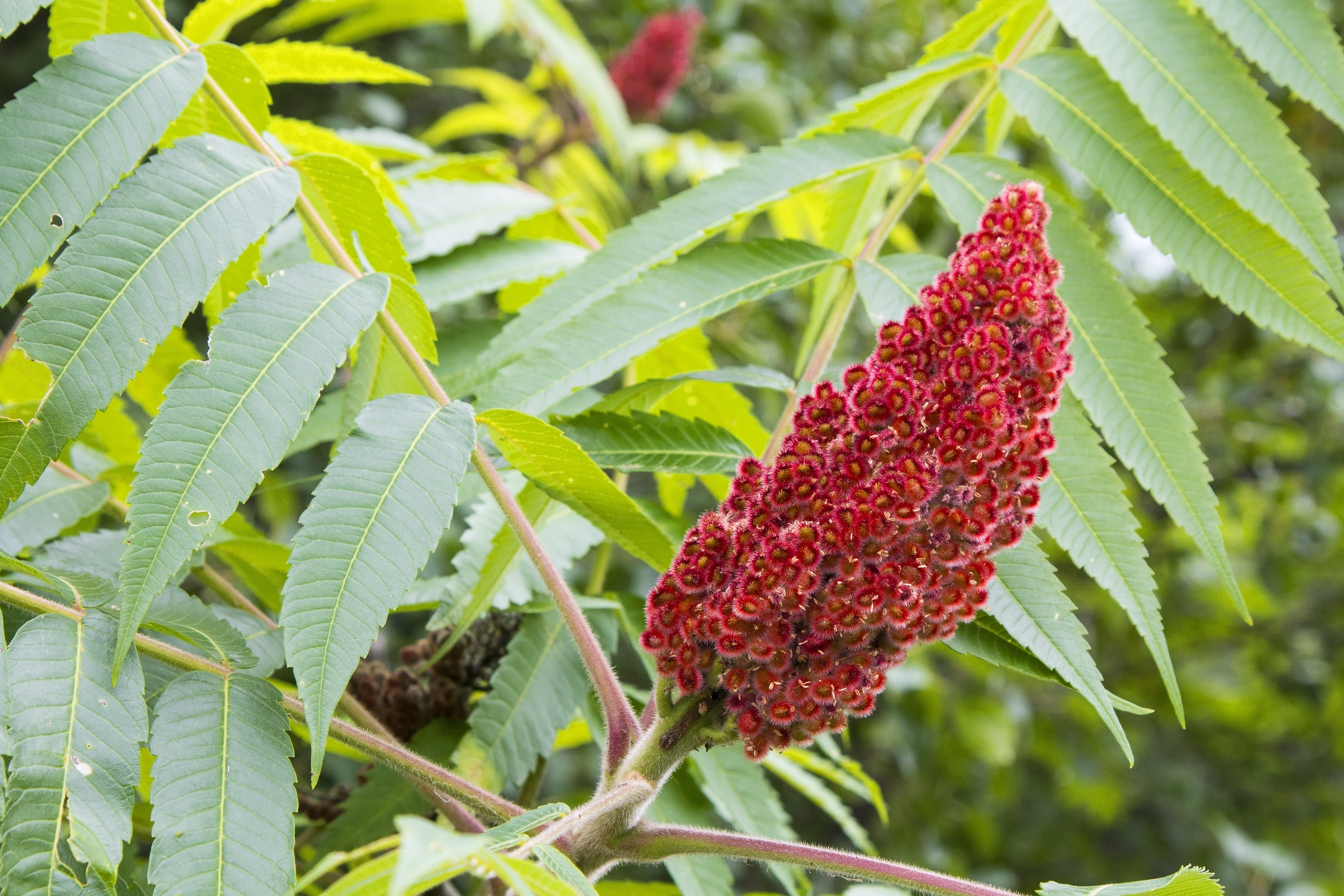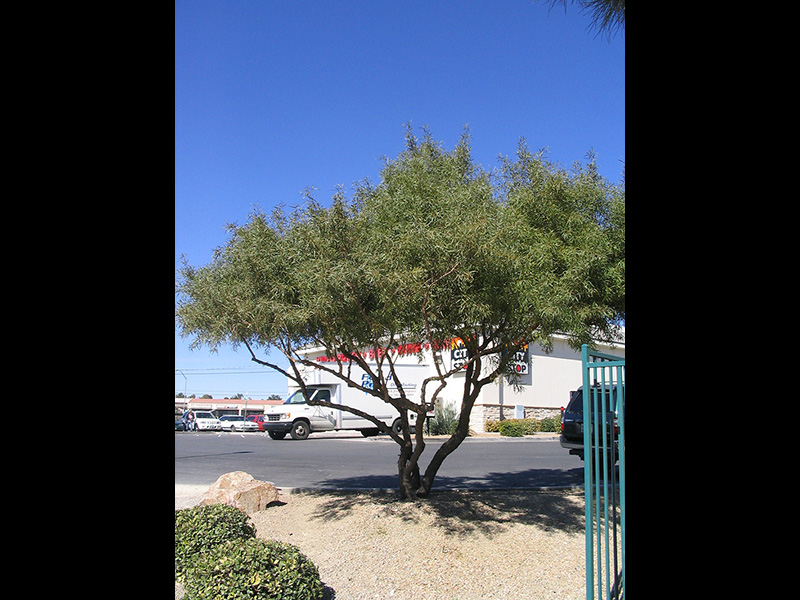african sumac tree roots
It is effective as a screen or windbreak and as an evergreen specimen. Heat-loving and tolerant of may soils.
It is susceptible to Texas root rot.
. African sumac trees are susceptible to Texas root rot also known as cotton root rot or phymatotrichopsis root rot. If it is you may want to call a professional. African Sumac Willow Rhus KareeRhus lancea.
Easy to prune or shear into desired shape and form. Clusters of yellow-green flowers are profuse but insignificant. These seeds will grow if they are given half a chance especially once you remove the parent tree.
Its fine textured foliage varies from pale green to deep olive-green and has a resinous smell when crushed. The tree will grow a larger canopy when given the best care. Leathery medium to bright green leaves divided into 3 narrow willow-like leaflets.
Drought tolerant once established. See full answer below. Brush B Gon is one such product.
Chamberland warns that bird droppings with African sumac seeds. Skip to the end of the images gallery. The Arizona Native Plant Society lists African sumac as an invasive weed.
Call Davey Tree 702 251-5514 to make an appointment to have one of their certified arborists come out to render an opinion. African Sumac is adapted to normal winter rainfall and low amounts of summer irrigation. African Sumac is a dense shade tree rather graceful with its arching branches and weeping foliage.
The pods provide excellent. It is best in full sun well drained soil deep infrequent water once established. The drought-tolerant African sumac tree grows best in hot.
This is an evergreen but it sheds about 13 of its leaves in the last half of June. The African sumac is a medium size evergreen tree growing with a low branching habit 20-30 ft. Now the leaves are turning yellow and falling off and none of the other african sumacs on.
First cut into the bottom of the branch. So much for working from home. Fuzzy yellow flowers adorn the tree during the spring.
An African sumac tree root system itself is not invasive but the root system it has allows it to become an invasive species when left unchallenged. Finally cut the side of the branch halfway between the two original cuts. Double-check but I dont believe they charge for him to come out for assessment estimate.
Durable thrives in intense desert heat cold and able to withstand high wind. Prune dead or dying branches as soon as possible. I planted a young African Sumac mid-April 2004.
Dense rounded to spreading habit with slightly weeping appearance. Second cut into the top of the branch at least 4 inches farther from the trunk than the first cut. Carried only on female trees.
A couple of weeks ago I noticed holes appearing around the roots of our african sumac and thought it was probably something digging for grubs so we scattered some garlic powder in hopes of deterring them. Keep an eye out for root rot and verticillium. Does African sumac have invasive roots.
Sitting in my backyard and writing last week I was seduced by a pretty tree waving at me. The fungus Phymatotrichopsis omnivora which is found in the soil is the cause. African sumacs are not for those who want to keep a well manicured lawn.
Clusters of pea-like fruit ripen to tan or red-brown. A popular drought-tolerant Sonoran Desert native deciduous tree that provides shade during the hottest part of the year. If you are planning on removing a sumac tree be sure it is not poisonous sumac.
It makes small fruits that birds love to eat. Fertilize with a slow-release fertilizer once per year in the spring just before new growth begins. African sumac tree only grows in USDA zones 9 through 11.
The tree is a drought-tolerant native of Africa and is susceptible to root rot when it. Tall and a round canopy of equal or greater width. Sumac aggressively reproduces through seeds and grows in dense thickets cutting off other plants access to vital nutrients.
A fully grown African sumac tree requires approximately 30 gallons of water during each watering session. Its trunk has thickened from about 1 inch to 5 inches in diameter but I still have support stakes on it because the thick canopy catches the wind causing the trunk to bend and twist. The African sumac is an invasive tree that you should avoid planting in Phoenix.
It is tough and reliable in dry conditions though it looks best with regular deep watering. Many desert animals use this tree for habitat and food. Ive used them quite a few times over the years to trim as well as remove trees in my yard.
Tim Steller Arizona Daily Star. While the roots are relatively shallow and may only reach about 10 inches underground many sumac species tend to spread rapidly. It may require regularly scheduled light top-trimming but not necessarily shearing.
But as you know fruit has seeds. Leaves are palmately divided into 3 narrow leaflets each 3-5. Suckers and Water Sprouts.
You can find staghorn sumacs in the wild growing in Eastern North America. Prune to establish and maintain an upright and arborescent crown architecture. Velvet mesquites can reach up to 30 ft tall with a wide canopy.
Some people have reported good results will doing it in the fall when the plant is storing up reserves in the roots. The sumac plant reproduces through root suckers. The trees also drop seeds.
Their Grow Native brochure states Rhus lancea is a widely promoted low water-use landscape tree that besides producing abundant seeds also spreads. After these birds eat the fruit they eventually eliminate what they dont need including the seeds. When pruning large branches on an African sumac make three cuts.
Elegant semi-weeping tree to 20 x 15 feet or more is an ideal choice for our climate. In addition African sumacs tend to lose leaves throughout the year without any reason. Plant African sumac in a soil with good drainage.
Sumac trees send up sprouts if the roots are not completely removed. Provides vigorous green growth all year long. The tree drops its leaves when it is water stressed has a fungal disease like root rot or from being over fertilized.
Make a fresh cut to expose the cambium layer the green layer just under the bark and apply the herbicide to that area. The hardy versatile fast-growing tree grows in a wide range of soils if there is good drainage.

African Sumac Evergreen Trees Moon Valley Nurseries

Pin By Tangledtree On Green Living Tree Seeds Shade Trees Wisteria Tree
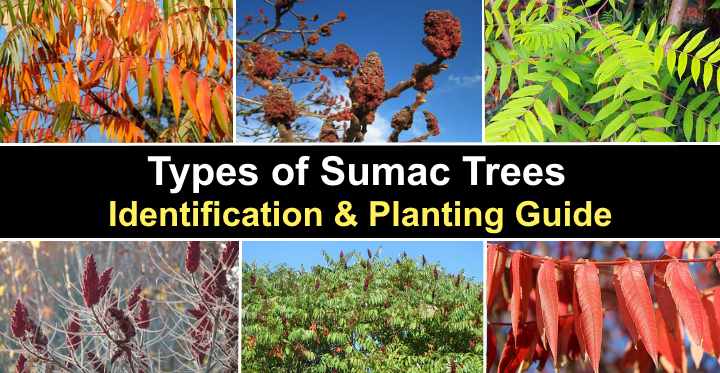
Sumac Trees Types Leaves Berries Pictures Identification Guide

Gv Gardeners African Sumac Trees Now Abuzz Get Out Gvnews Com

Rhus Lancea Karee African Plants Waterfalls Backyard Shrubs
Tree Of The Week Use The African Sumac For Shade Or Perhaps To Make Beer

Sumac Tree Seeds Staghorn Heirloom Untreated Non Gmo From Canada

African Sumac Tree Plants Sumac Tree Nevada Water
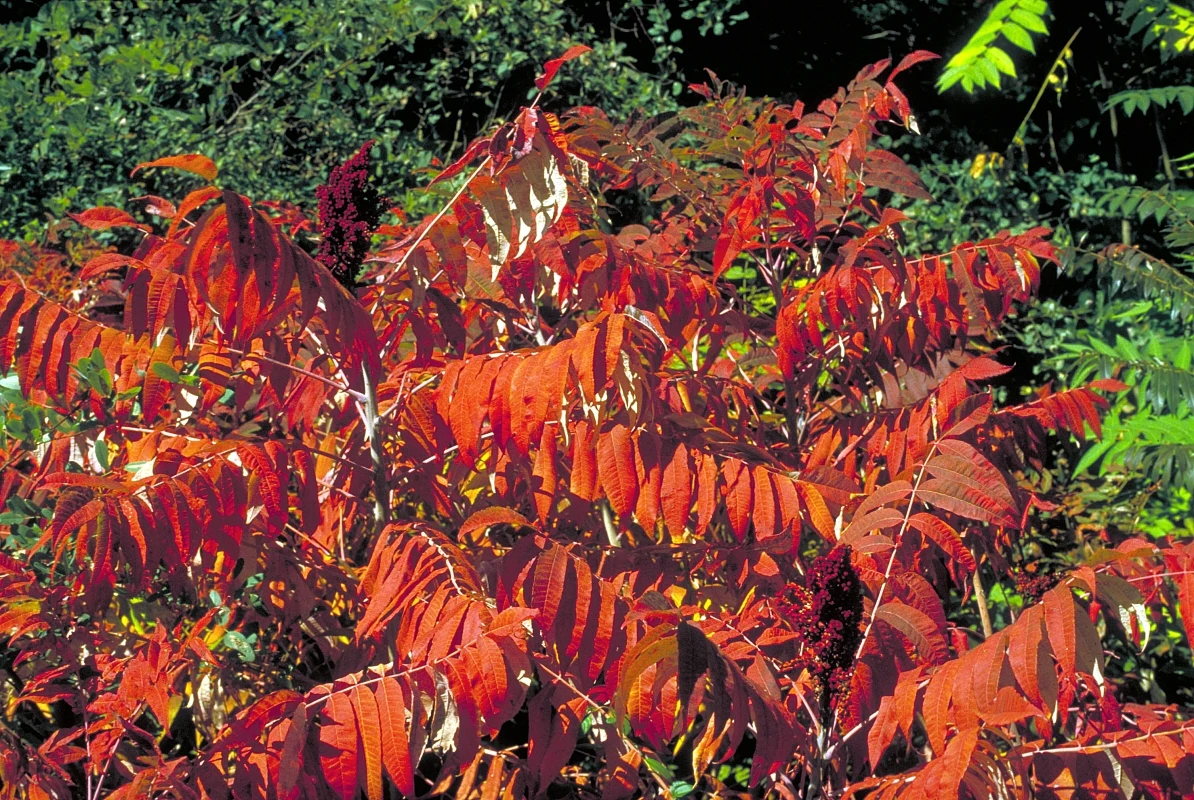
Invasive Sumac How To Get Rid Of It And Why Diamond Mowers
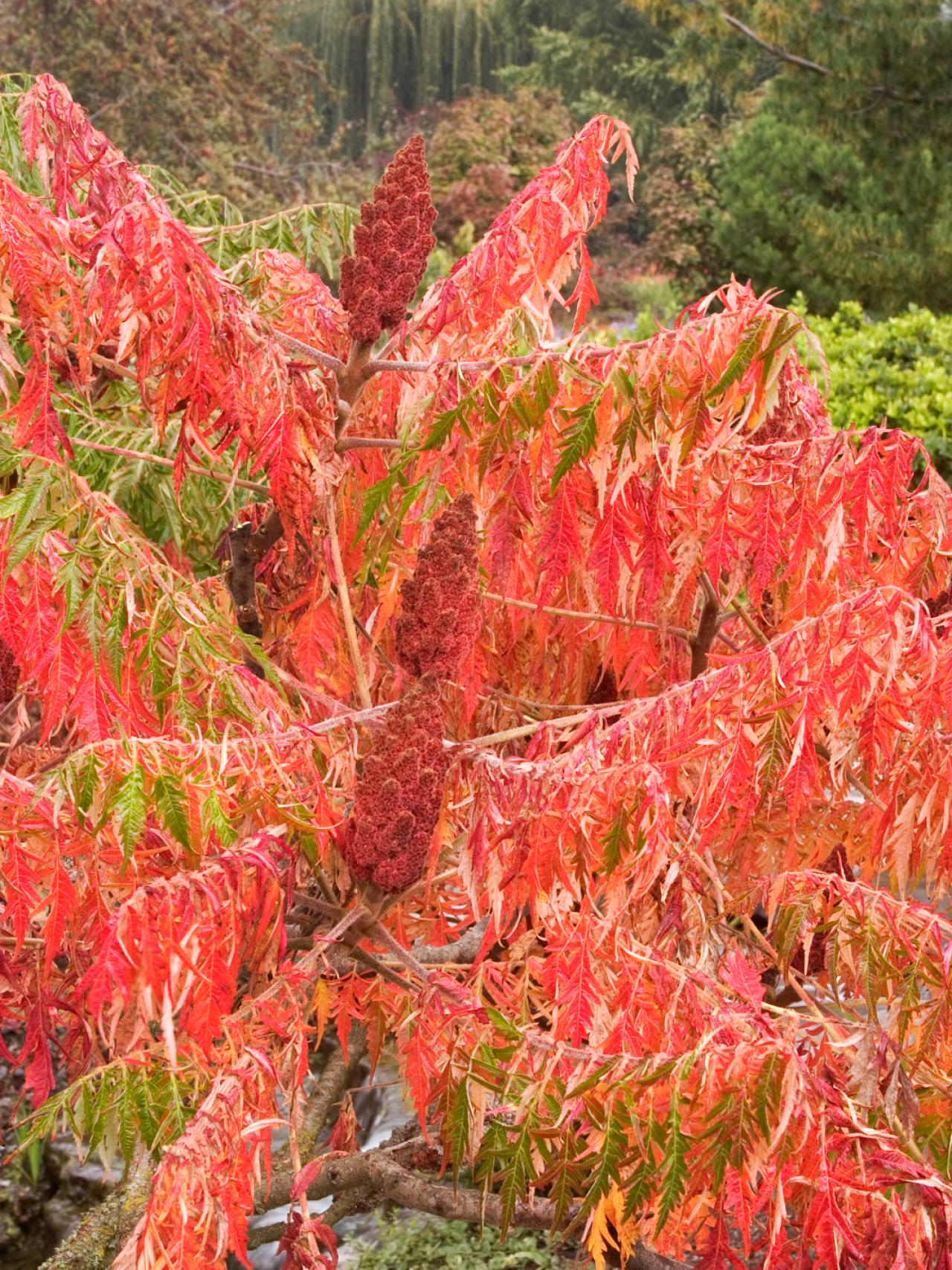
Sumac Trees Are Unsung Garden Trees Hgtv
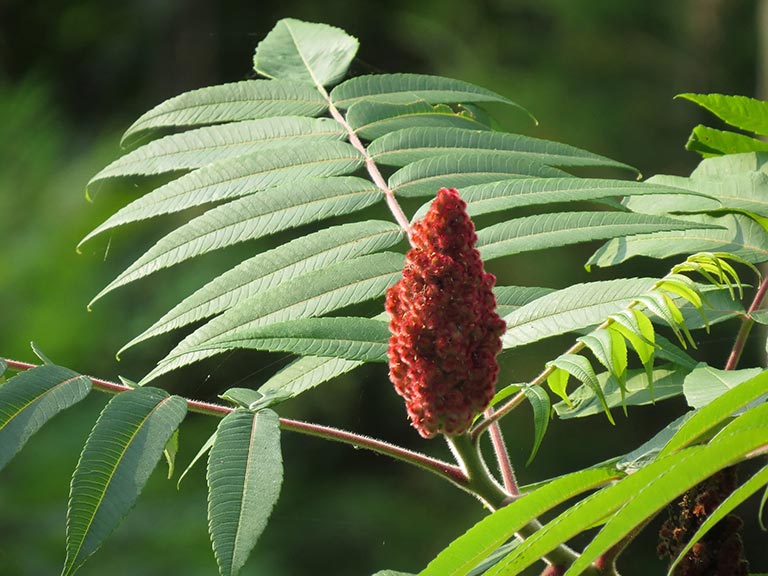
How To Manage Invasive Sumach Trees Root Suckers Saga

Common Sumac Tree Types Tips For Growing Sumac In The Landscape

Tipu Best Shade Trees Trees To Plant Fast Growing Shade Trees

Sumac Tree Stock Illustrations 47 Sumac Tree Stock Illustrations Vectors Clipart Dreamstime

